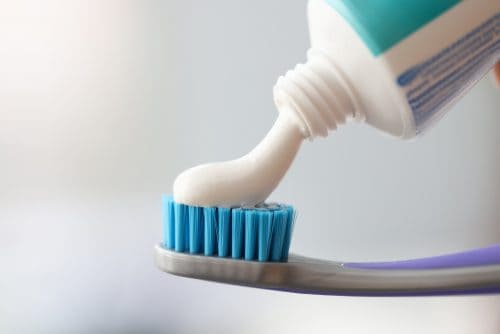
Science and toothpaste
We’re all familiar with toothpaste, as we use it twice a day. Brushing your teeth is something you probably do without thinking. There are so many kinds of toothpaste available, from breath freshening and whitening to cavity prevention and sensitivity relief. Have you ever wondered what makes your toothpaste function the way it does?
It is interesting to look at the science behind toothpaste. Why are some toothpastes blue? What are those active ingredients really about? And which is the best toothpaste for you?
Cavity Protection
Decay is the main cause of cavities in teeth. Regular brushing is one of the main ways you can prevent decay. Most toothpastes contain a mineral called fluoride, an active ingredient that works within the saliva in your mouth. Fluoride, in its natural form, can be found in rocks, soil and water.
It works by reducing the production of acid in the mouth’s bacteria, as well as reinforcing the tough enamel surface of the tooth. These functions work together to guard against erosion of the enamel, which is commonly caused by sugary and acidic foods.
Teeth Whitening
Some toothpastes have whitening included in their list of features, along with fresh breath and gum protection. If your toothpaste has a blue stripe when you squeeze it out of the tube, it’s likely to contain a chemical called covarine. This attaches itself to the surface of the tooth, minimising any yellow appearances.
There are other types of toothpaste that are made with stronger active whitening ingredients. These can often include silica and pyrophosphates. These work to remove stains on teeth, leading to a brighter white, with consistent usage.
Breath Freshening
Most brands of toothpaste will leave you with that minty-fresh feeling. But there are some varieties that contain more powerful ingredients that target your breath more specifically. Bacteria is a common cause of bad breath, also known as halitosis. Breath freshening contains active ingredients with antibacterial properties that target the root of the smell.
Together with mint extracts, these ingredients will help you maintain fresh breath all day.
Sensitive teeth
More and more brands of toothpaste list sensitivity relief as one of their key features. If you have sensitive teeth that cause discomfort when you have foods and drinks that are extremely hot or cold, your enamel may have worn away. If there is exposed dentine your teeth will feel temperatures more easily.
Sensitive toothpaste contains larger amounts of potassium nitrate. This active ingredient can slowly rebuild your enamel over time if you use it daily for extended periods of time.
Not sure which toothpaste is best for you?
At your next dental appointment, why not ask one of our practitioners for a recommendation?
Appointments are available via our online booking system. Or by phoning our reception staff during business hours.
Science and toothpaste
